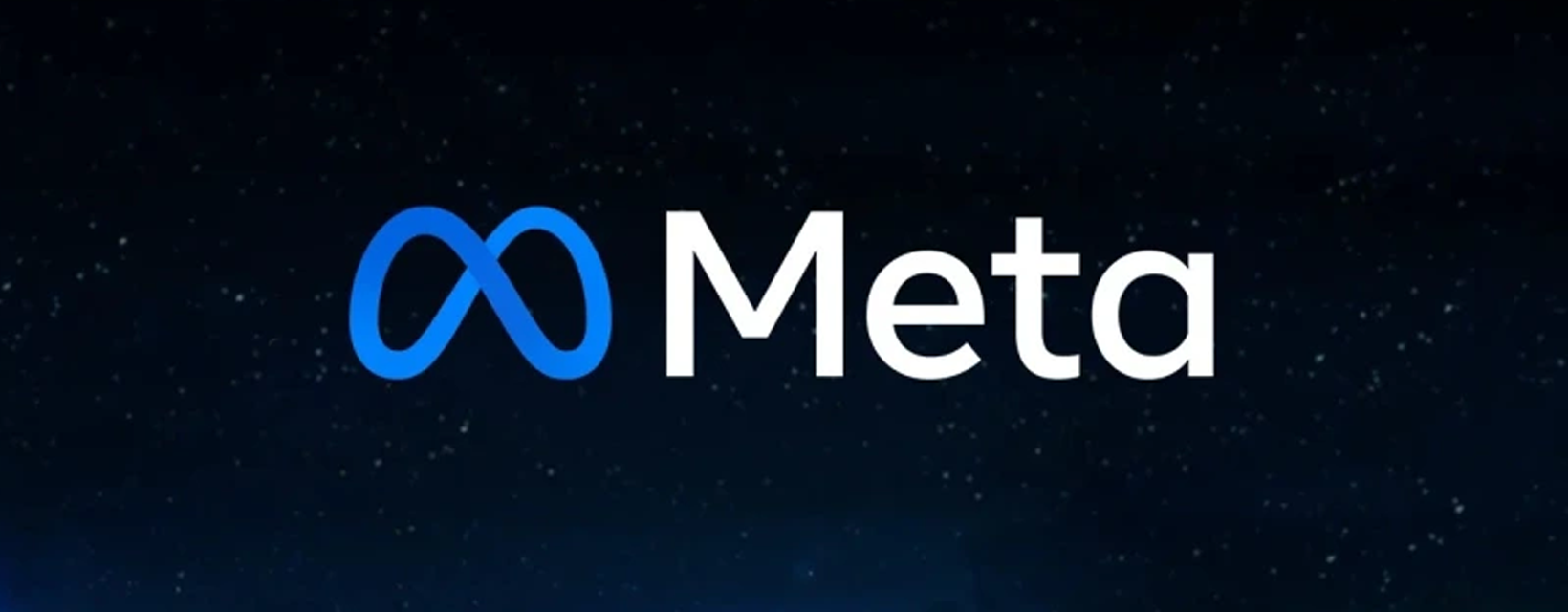Navigating Regulations
Meta has long had issues with the EU Regulators. This year the company paid a record $1.3B fine for transferring data from Europe back to the US. While fines can be costly, they typically don’t have a lasting impact on the business. The greater concern is policy changes that would reduce the amount of user information that Meta can gather and thereby limit the effectiveness of their advertising. This is what happened when Apple began its IDFA (which limits Meta’s access to user data) in the Spring of 2021. The effect was Meta lost $10B, or about 8%, in advertising revenue over the coming year. In other words, Meta will go to great lengths to avoid policy changes. The WSJ’s reporting that Meta is considering offering paid versions of Facebook and Instagram that do not track user data and are ad-free is an effort to sidestep more blunt privacy changes from the EU.
